What is the tolerance range of precision screws?
What is the tolerance range of precision screws?
Service Hotline
+86760-8787 8587We have more than ten years of experience in screw industry production, the main products are: green high temperature resistant silicone ring, T-pin, flat-tail machine screw, hammer nut, GB58 nut, nylon anti-loose self-locking anti-skid locking screw cap, extended belt ring Screws, galvanized/nickel-plated flat head rivets, hardened screws, ingot nuts, JISB1180 bolts, nut screws, hexagonal combination bolts, lighter pins, straight-through pipe insulation posts and other fasteners, due to the different materials and specifications of the products. There are different prices, please contact us if necessary.


In addition, in the prior art, rivets are also used to riveted screws on metal plates. The rivets are nail-shaped objects with a cap at one end. In riveting, the riveted parts are connected by their own deformation or interference. When using rivets, it is necessary to set moderately sized positioning holes in the corresponding positions of the two metal plates, and the rivets directly penetrate into the positioning holes and then riveted. Because this riveting method does not require welding, it will leave a hole on the back of the metal plate. Therefore, in the prior art, the surfaces of the two metal plates after riveting are covered with a layer of smooth metal skin to cover the riveting marks, which will also increase the overall cost, including metal The cost of the skin and the increase in the manufacturing process, while the riveting process is limited, the connection between all metal plates cannot be universal.
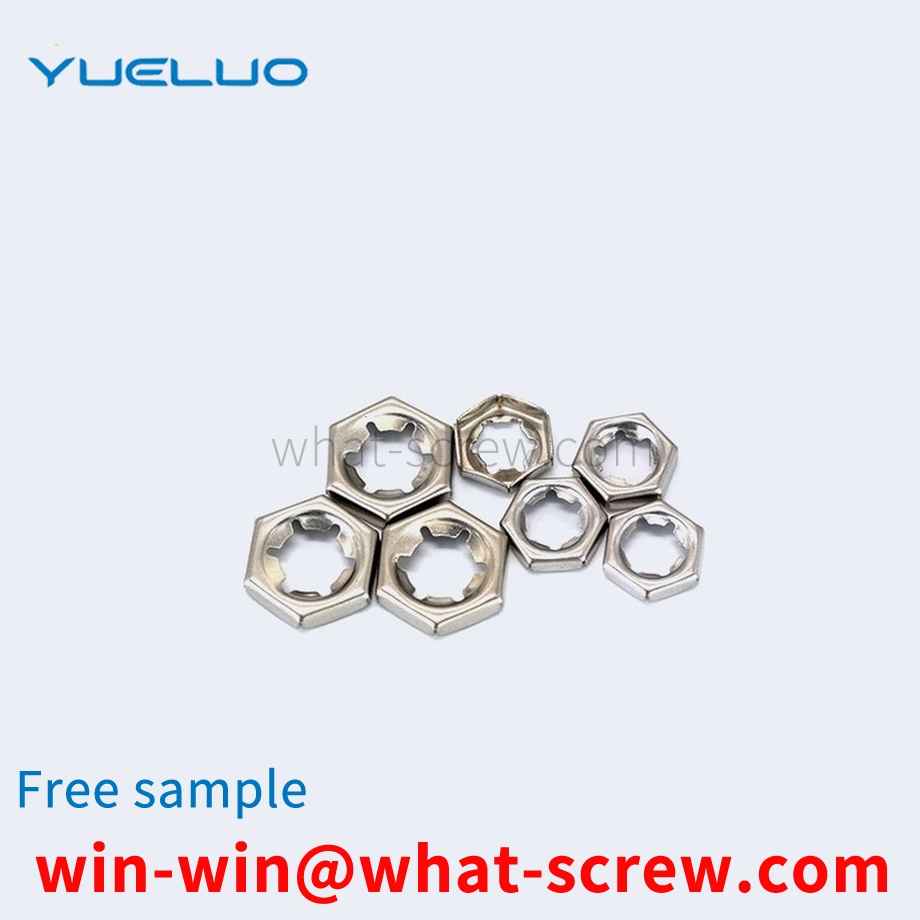
A nut is a nut, a part that is screwed together with a bolt or screw for fastening. A component that must be used in all production and manufacturing machinery is divided into carbon steel, stainless steel, non-ferrous metals (such as copper), etc. several types.
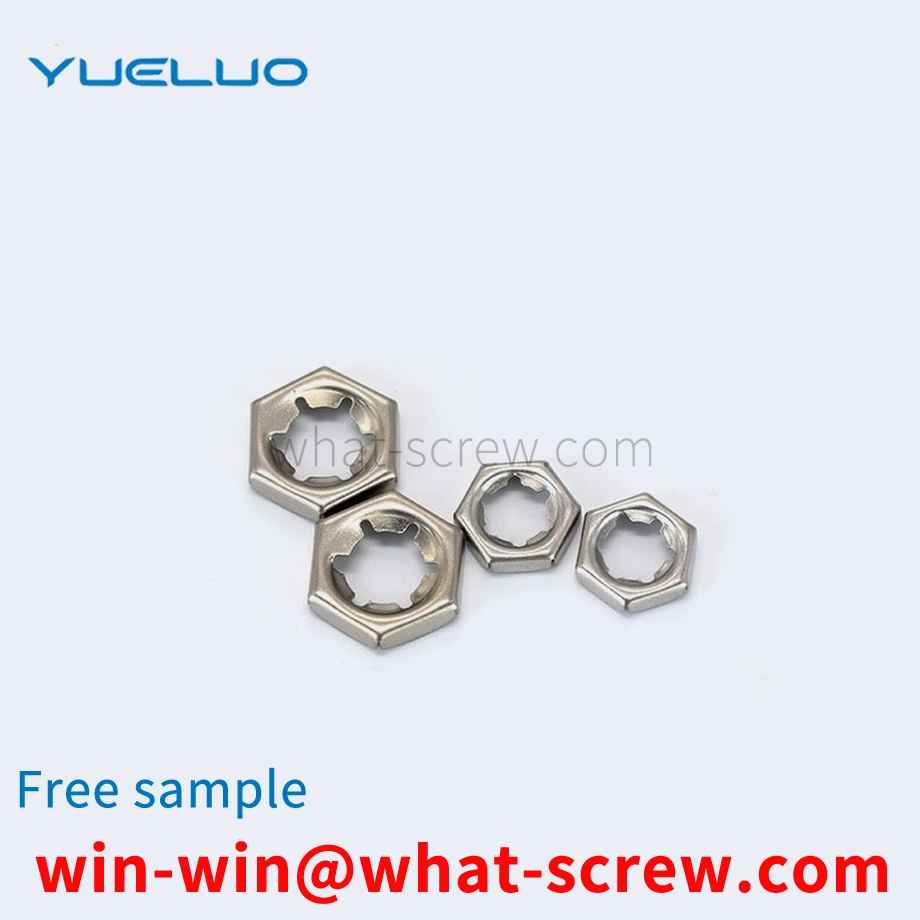
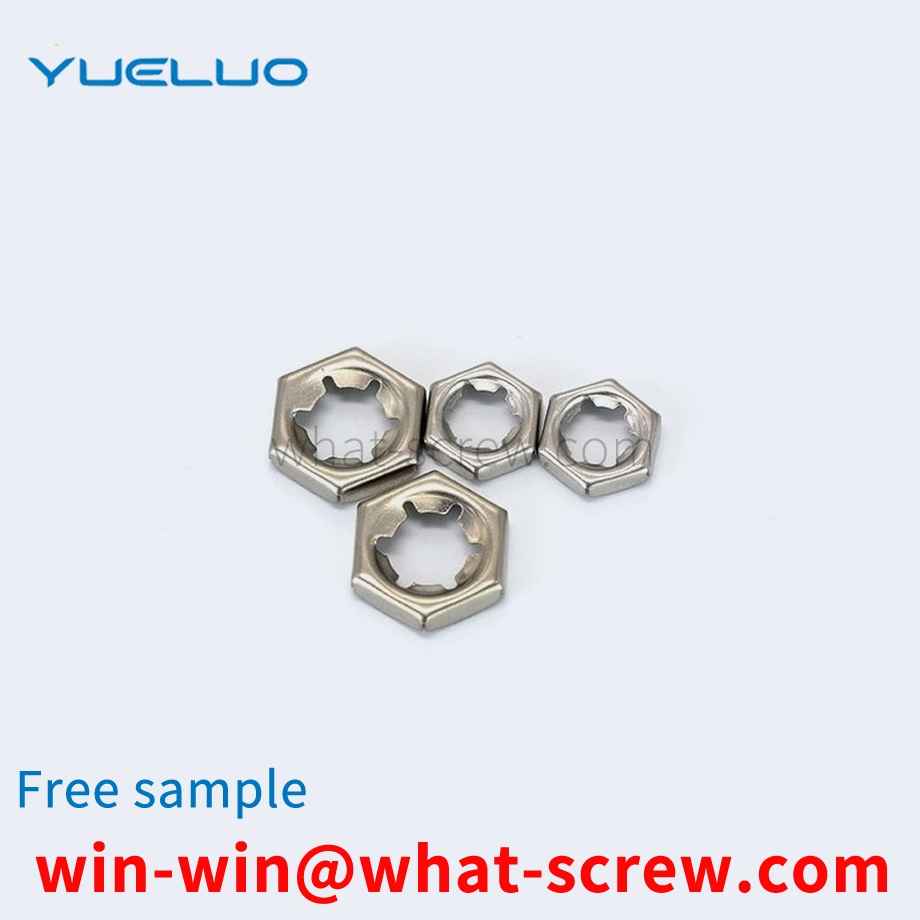
At present, in the field of building curtain wall, factory building support structure, shelf structure and other fields of steel structure connection, if closed profiles (such as rectangular steel pipes) are used as the connection structure, welding connection is generally used, and bolt connection cannot be realized. The reason why a bolted connection is not possible is that the profile is a closed structure and it is not possible to place the bolt at the connection location because the size of the bolt head is larger than the thread hole diameter on the profile. Welded connections affect the structural quality of outdoor projects, with poor corrosion resistance, reduced structural strength, and frequent fire accidents. However, the existing non-welded steel structure and the fastening connection of the bracket have complicated T-bolt structure, troublesome processing technology and high production cost.
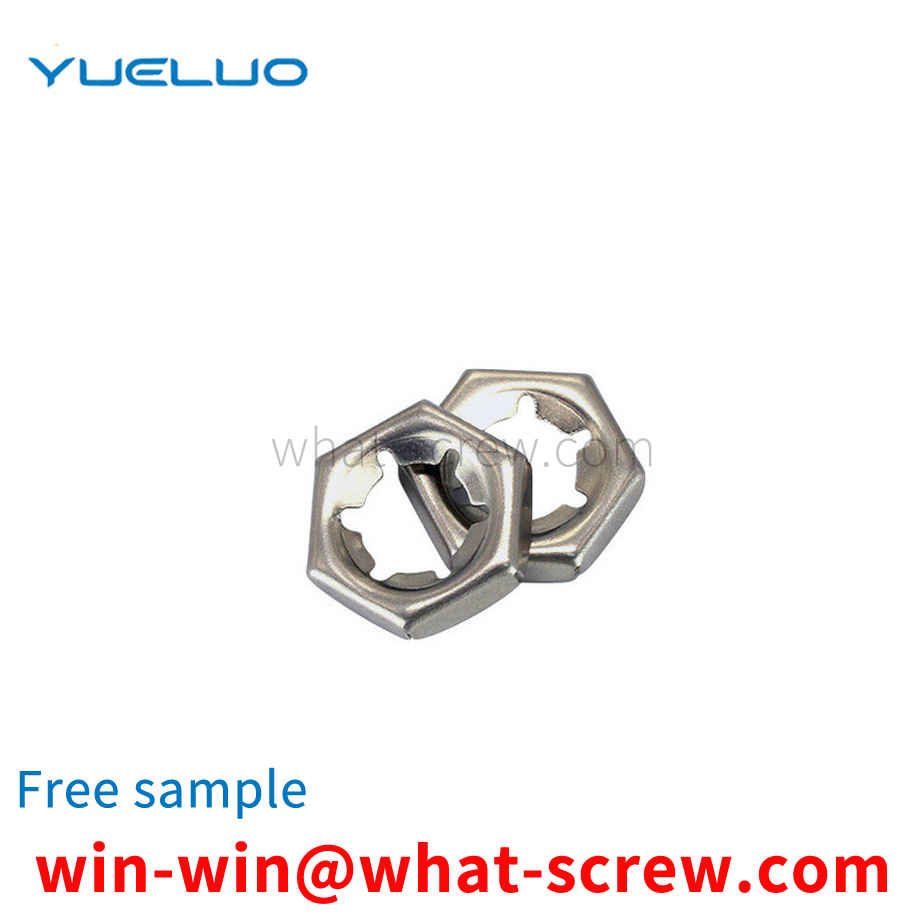
The production of stud bolts requires fixed equipment and machine tool processing. Of course, the processing procedure is relatively simple. There are mainly the following procedures: first, the material needs to be pulled out. After this process, the next process can be carried out. The next process is to use a cutting machine to cut the straight and long material into the length required by the customer according to the customer's requirements. This completes the second process. The third process is Put the cut short material on the thread rolling machine and roll out the thread; the ordinary stud bolts are processed here, of course, if other requirements are required, other processes are required. [1] The commonly known bolt refers to the screw with a larger diameter. According to this statement, the diameter of the screw is much smaller than that of the bolt. Stud bolts do not have a head, and some are called studs. Both ends of the stud are threaded, with no thread in the middle and a smooth rod in the middle. Studs are used on large equipment such as gear racks. In actual use, the external load will have vibration and the influence of temperature will reduce the frictional force, and the threaded connection will loosen and fail over time. Therefore, it is necessary to do a good job in the maintenance of the stud bolts at ordinary times. Stud bolts or anchor bolts will have problems under the action of mechanical friction for a long time. When problems occur, the engine oil pan should be removed, and the use of the engine bearing bushes should be carefully checked, and the clearance between the bearing bushes should be checked. Whether it is too large, if the gap is too large, it should be replaced in time. When replacing the stud bolts, also replace the connecting rod bolts. When some large equipment such as nail making machines are in normal operation, if they find that the engine is not running very stable or there is abnormal noise, they should stop and check in time to avoid bigger problems. [1] In each maintenance, the newly replaced stud bolts and other accessories should be inspected. During the inspection, the focus should be on the head and guide part of the stud bolt. Whether there are cracks or dents in each part, and also check whether the tooth shape of the stud bolt has changed. Is there any abnormality in the thread pitch? If there is any abnormality, it must not be used again. A torque wrench should be used when installing the connecting rod cover. It must be tightened according to the specified standards, the torque should not be too large or too small, and attention should be paid to selecting the stud bolts and studs of the supporting manufacturer.
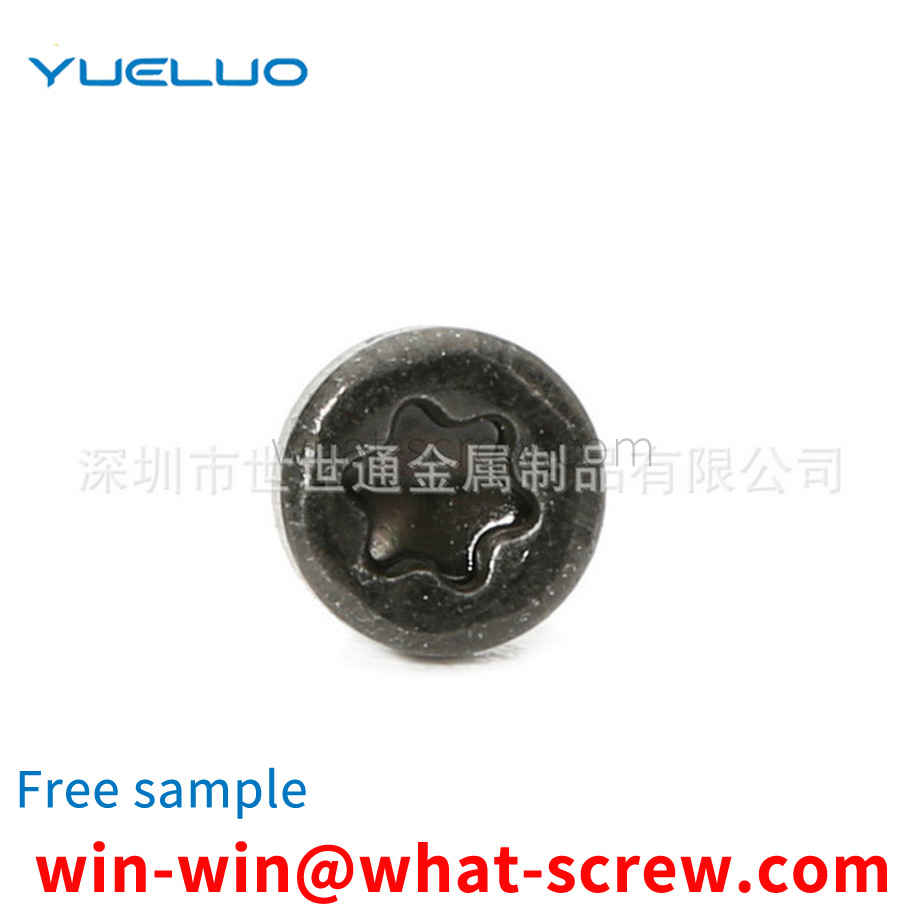
The above content is uploaded by Yueluo or the Internet. If there is any copyright issue, please contact [email protected].

What is the tolerance range of precision screws?

How to choose the right stainless steel screw manufacturer?

Why is there an R angle under the head of the hexagon head s...

We have more than ten years of experience in screw industry ...

We have more than ten years of experience in screw industry ...

We have more than ten years of experience in screw industry ...

We have more than ten years of production experience in the ...